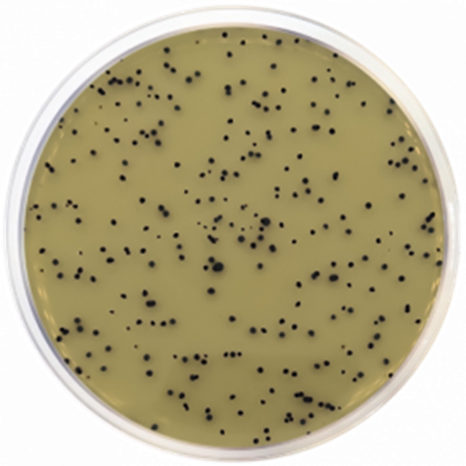Do not forget this pathogen to test drinking water
It is really important that the population has access to contaminant-free drinking water to avoid gastrointestinal and systemic diseases.
Pathogens analyzed in drinking water
The main pathogens associated with water are bacteria such as Legionella, Salmonella, and E. coli, as well as some viruses and protozoa. Most of these contaminants are fecal in origin, but some are specific to their source or environment.
Because a wide variety of microorganisms may be present, it is complex to analyze each microorganism individually, especially if the majority are removed by purification systems. For this reason, drinking water is monitore dusing specific microbial indicators to ensure the quality of drinking water. Fecal indicators such as: coliform bacteria are used.
Escherichia coli, enterococci, and Legionella are common parameters in drinking water analysis. But what about Clostridium perfringens?
Clostridium perfringens: an opportunistic pathogen
This microorganism is of particular interest because it often occurs in the form of resistant vegetative cells and spores. This means that they can survive for longer periods of time than other microorganisms, and even in feces. Indicator in contaminated water. And like other indicators, their presence warns of the possible presence of other microorganisms, such as Cryptosporidium.
The structure of these spores makes them difficult to completely remove using standard disinfection procedures, making them particularly valuable bacteria in the evaluation of drinking water treatments.
Clostridium perfringens: culture media for its analysis

The analysis of this pathogen according to the ISO 14189:2013 standard begins with a thermal pretreatment before membrane filtration to retain the spores present in the sample. The medium used is TSC, a selective medium containing cycloserine, which inhibits potentially interfering accompanying microbiota, such as Bacillus and other facultative anaerobes. Similarly, C. perfringens reacts with hydrogen sulfide indicators and produces colonies with the typical color of black, grayish, or brownish colonies. Confirm suspect colonies using Columbia agar and acid phosphatase test. If you have any questions about Clostridium perfringens in water sample analysis, please feel free to contact us.







